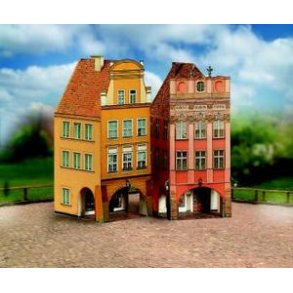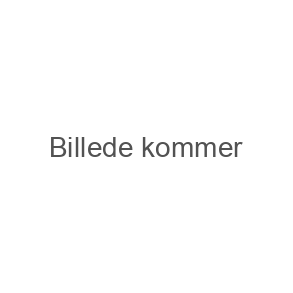
Schreiber-Bogen Kartonmodeller
One beautiful thing about card modelling is that you probably already have all the basic tools at home. It may well happen that you will like what you will do and then it wouldn't be bad to follow some advice from the next chapters, and organize a proper working place, a storage box, proper tools and the like, but it may also happen that you won't like it and then there's no loss.
The so-called minimum for assembling simple, or even not so simple, models, is tools for scoring, cutting and gluing. Speaking plainly, all we need are scissors and the glue. These are, admittedly, the most rudimentary tools and the work would be much easier if we also happen to have a ruler or a set square and a large needle or a compass (which also has a needle at one leg).
Both of these make scoring the fold lines much, much easier. A craft knife with snap-off blades and some tweezers would be a real extravagance and we can use them if we have them. One thing to be said before starting is the choice of the glue. Any office or home type of universal glue will do and the models supplied with this book can be assembled with a stick-type glue as well. Things get just a little bit more complicated when we start making more intricate models. It should be mentioned here that there are two main schools of thought in this matter. The one I belong to opts for using water-soluble-when-wet PVA-based glues like all those used for wood, fixing floor panels or furniture repair, the other school opts for universal or contact types.
The other thing we should know before starting, and I promise it to be the last one, is the meaning of the three basic lines and symbols used in Schreiber models. Our standards are becoming more and more popular with other card model producers and it may well happen that you'll meet identical or near to identical symbology in other models. The three lines mentioned are: continuous line means CUT, dashed line means SCORE and dot-and-dash line means GLUE HERE.
Nedenstående link er Schreiber-Bogen´s egen kanal på youtube. Klik ind og bliv inspireret
The so-called minimum for assembling simple, or even not so simple, models, is tools for scoring, cutting and gluing. Speaking plainly, all we need are scissors and the glue. These are, admittedly, the most rudimentary tools and the work would be much easier if we also happen to have a ruler or a set square and a large needle or a compass (which also has a needle at one leg).
Both of these make scoring the fold lines much, much easier. A craft knife with snap-off blades and some tweezers would be a real extravagance and we can use them if we have them. One thing to be said before starting is the choice of the glue. Any office or home type of universal glue will do and the models supplied with this book can be assembled with a stick-type glue as well. Things get just a little bit more complicated when we start making more intricate models. It should be mentioned here that there are two main schools of thought in this matter. The one I belong to opts for using water-soluble-when-wet PVA-based glues like all those used for wood, fixing floor panels or furniture repair, the other school opts for universal or contact types.
The other thing we should know before starting, and I promise it to be the last one, is the meaning of the three basic lines and symbols used in Schreiber models. Our standards are becoming more and more popular with other card model producers and it may well happen that you'll meet identical or near to identical symbology in other models. The three lines mentioned are: continuous line means CUT, dashed line means SCORE and dot-and-dash line means GLUE HERE.
Nedenstående link er Schreiber-Bogen´s egen kanal på youtube. Klik ind og bliv inspireret




